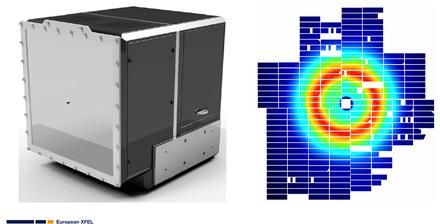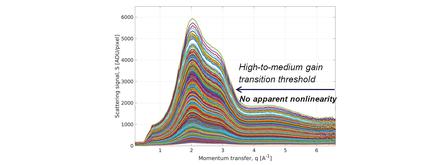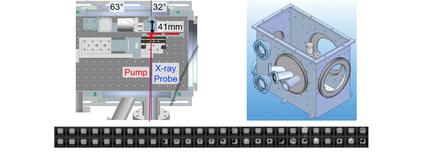FXE instrument started user operation in September 2017 [A. Galler , et al., J. Synch. Rad., 26, 1432 (2019)]. Several components and standard setups have been commissioned and validated during recents years by performing measurements, including pump-probe experiments, or developing new methodologies to perform new research. On this page we present current experimental parameters of the instrument and its standard components with their performance specifications. Additional components in the commissioning phase and under development are given in Section 4.
This page is being constantly updated and currently still in construction. To receive most recent information on specific topics please contact the FXE-support mailing list (fxe-support@xfel.eu) or directly the FXE Leading Scientist Chris Milne (christopher.milne@xfel.eu).













